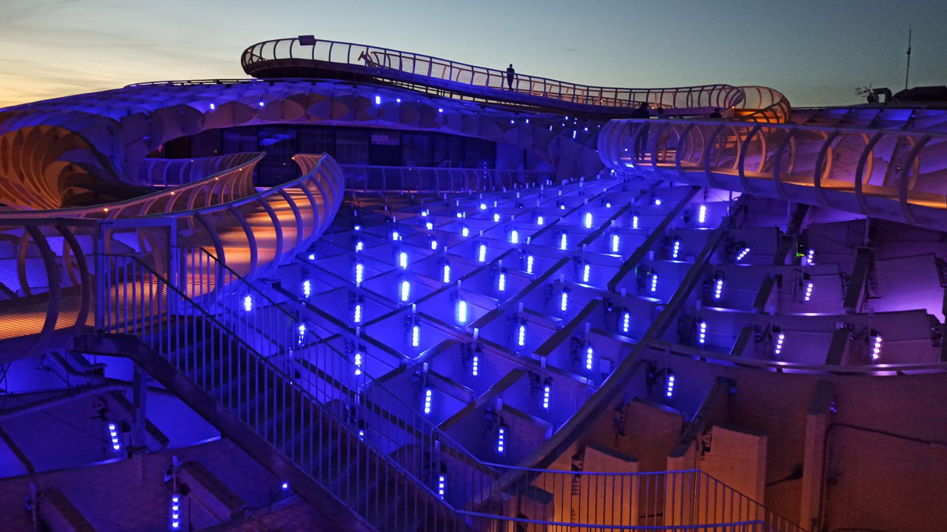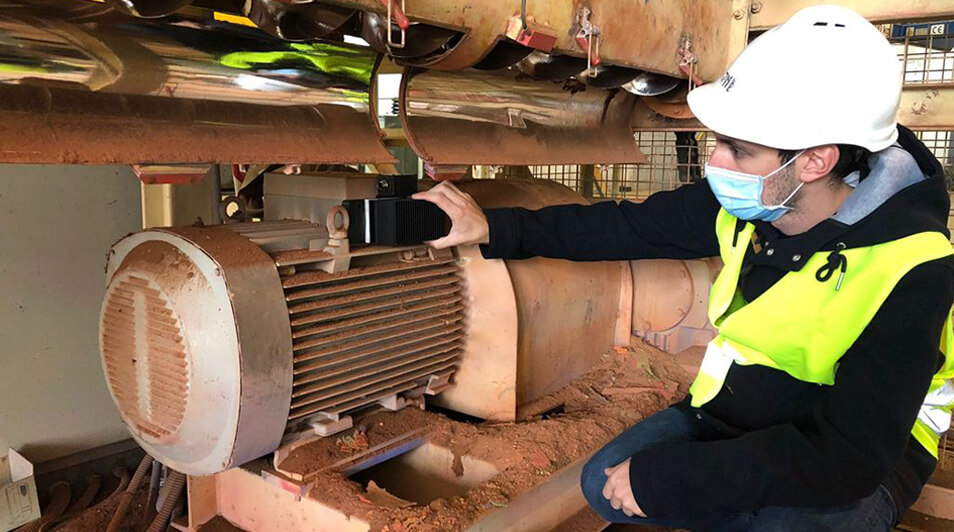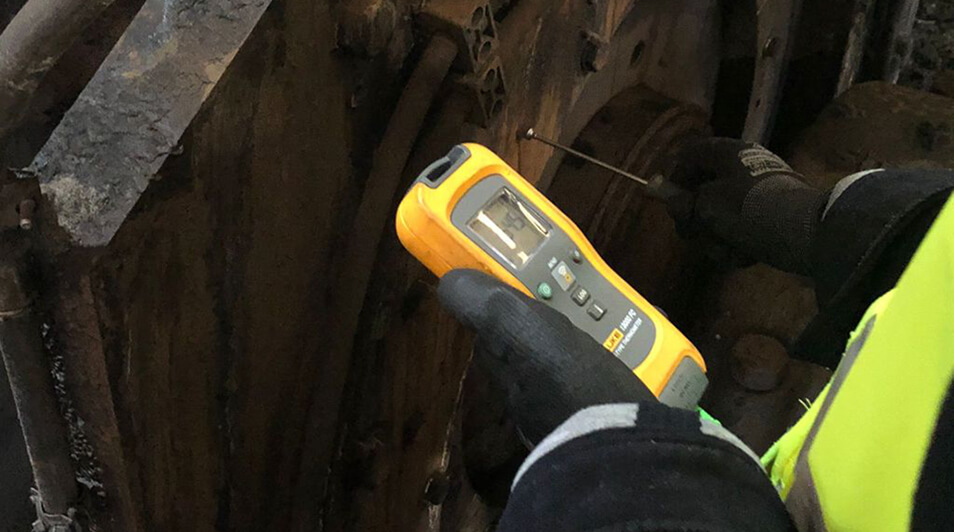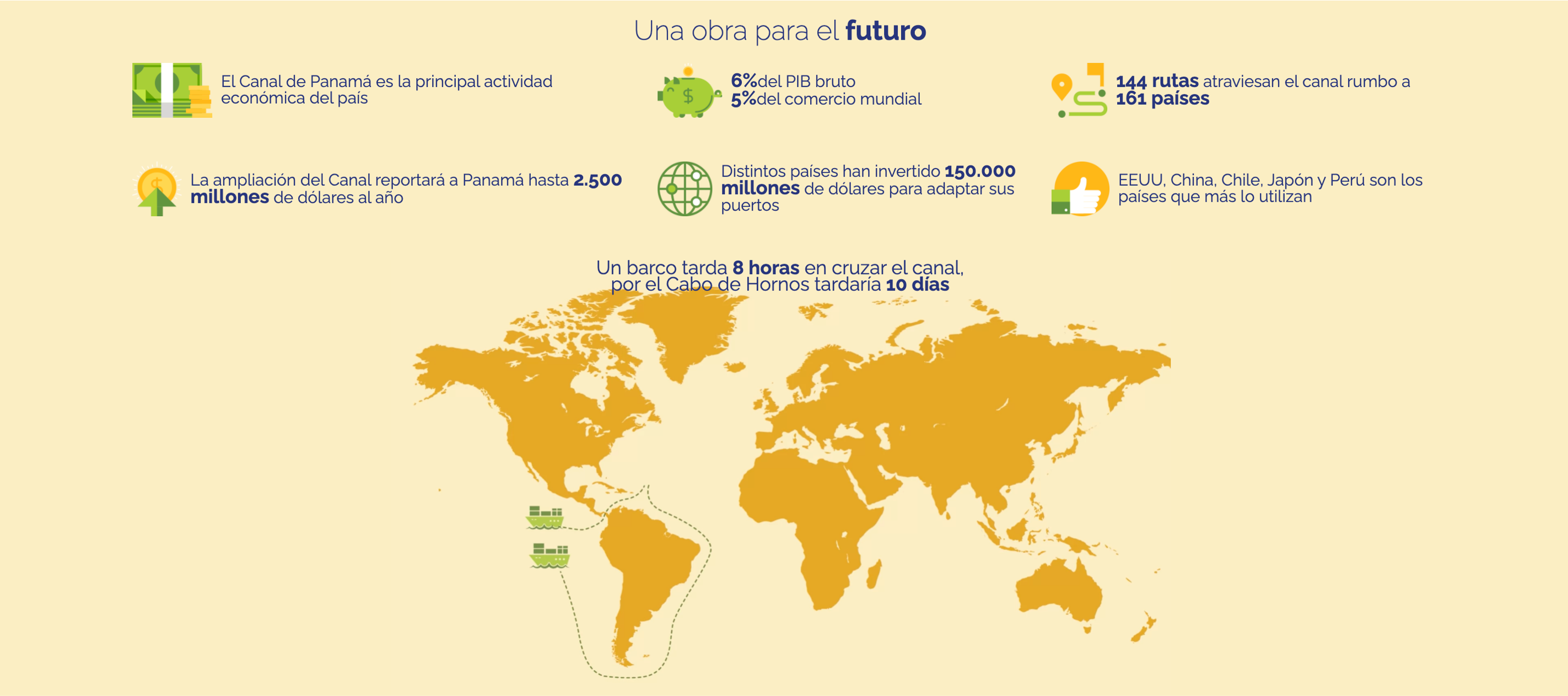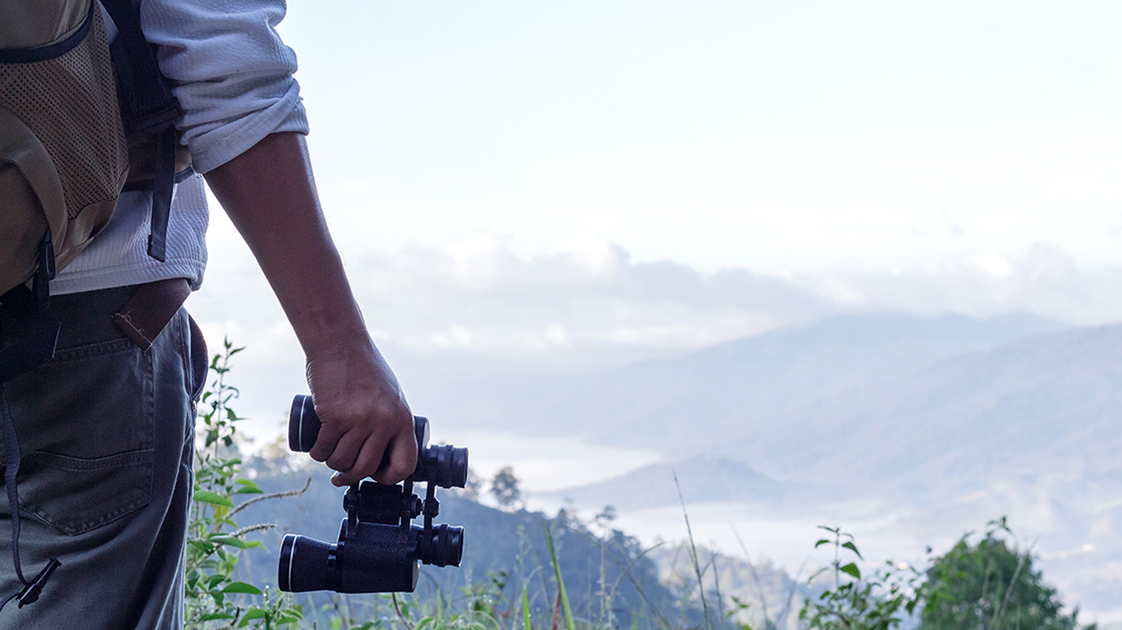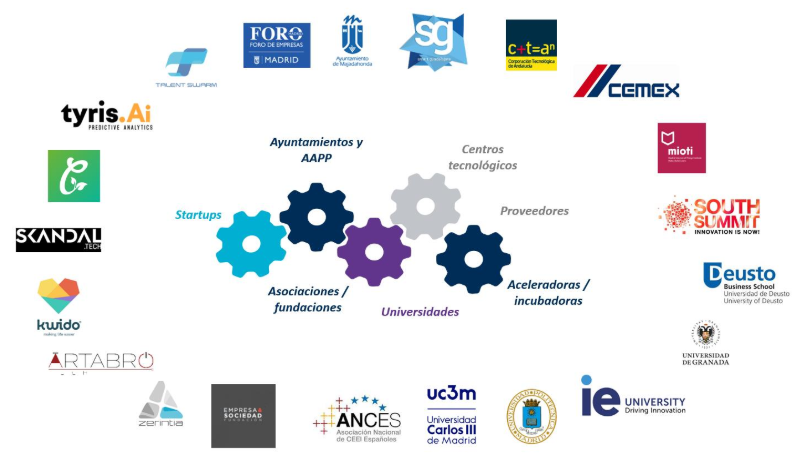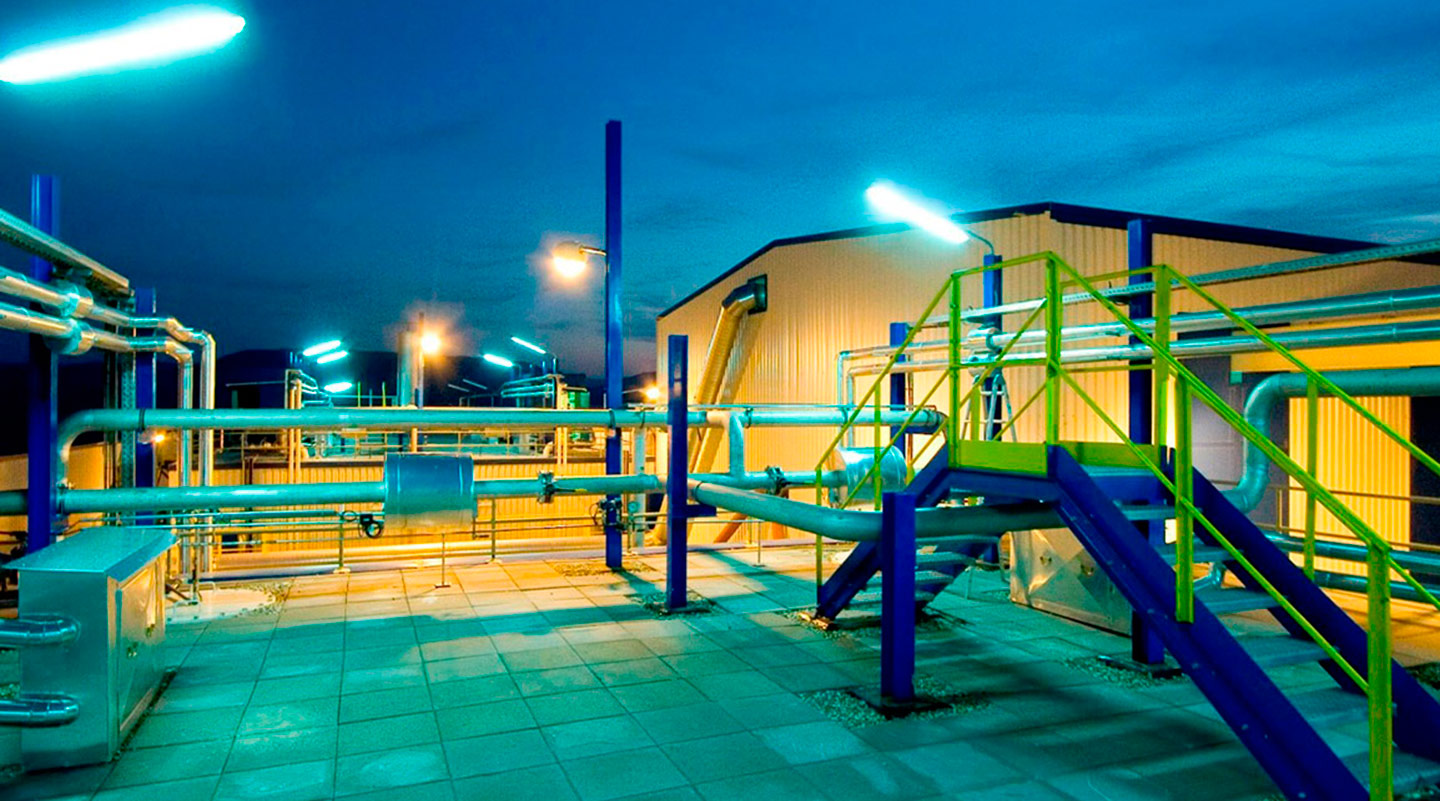This initiative aims to respond to the challenge launched in Sacyr iChallenges 2020 to find solutions to anticipate the behavior of the terrain in our infrastructure projects.
The analysis of the materials and parameters that affect the behavior of the ground is a complex task; the difficult access to the areas of interest or the large extension of these areas makes it even more complicated to obtain quality information that allows us to anticipate geotechnical behavior.
The project seeks to understand which variables are key to ground movement, how millimetric changes can be detected using satellite technology, and combine both learnings into a set of maps and predictive models of the infrastructure area that allow us to anticipate and set up warnings. Early detection of a potential problem can allow us to make a better decision and anticipate the necessary actions or resources.
This project, which puts AI at the service of infrastructure control, offers advantages such as:
- Greater security and reduction of incidents through the improvement of early warning systems.
- Efficiency in operation and preventive maintenance
- Increased cost-effectiveness due to reduced on-site control instrumentation costs
- Improved information available on ground behavior in the design and construction stages.


